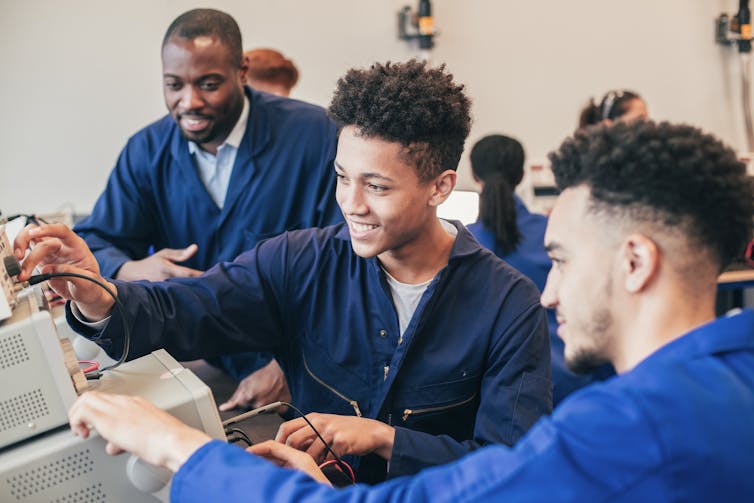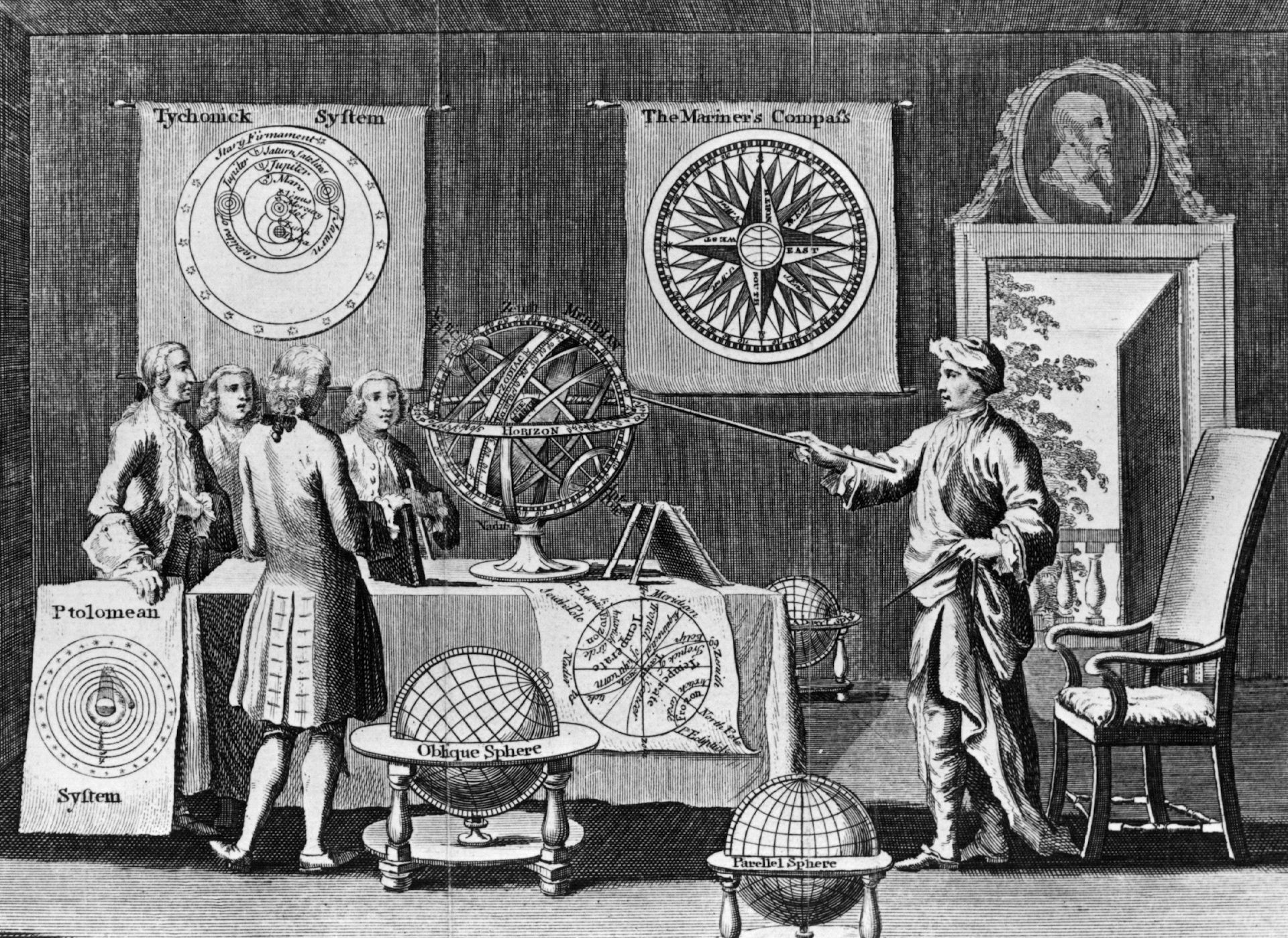Empowering engineering students through storytelling
Researchers asked engineering students to tell stories about challenges they had faced. Telling the stories, students said, made them more likely to stay in their major.
Stories of self-doubt are common among engineering students. That was a key finding of a study conducted recently at Boise State University by a team of researchers.
Students surveyed questioned their abilities. They were sure everyone else understood the material. They said they didn’t fit in. They wondered whether they should quit engineering and find a different major.
Many students who possess the aptitude to become engineers choose not to persist in their major because of the stories they tell themselves – about not belonging, about not being the “type” of person who can become an engineer. This is not just a problem for students and engineering or STEM culture. Because of the need to fill a growing number of STEM-related jobs, it affects society at large.
We – an interdisciplinary team of researchers with backgrounds in materials science, engineering education, educational technology and consumer psychology – are conducting research on a new approach to support students who question whether they fit in engineering.
With the aid of National Science Foundation funding, we are two years into testing a simple idea. We started with the assumption that the stories students tell themselves about whether they belong in engineering are related to their negative beliefs about their abilities. And then we asked educators at Boise State University to try a novel approach to changing those stories. While our research is still under review, preliminary findings suggest storytelling could be a game changer.
New assignment: Tell a story
Through a partnership with The Story Collider, a nonprofit that helps people learn the art of storytelling, engineering faculty at BSU have begun giving engineering students a new assignment: Tell stories about how they overcame a problem.
Students write their stories, receive feedback to help them better develop their ideas, then record themselves narrating their work.
Toward the end of the semester, a few students present their stories in a professionally produced storytelling show. Recent shows, available online, featured stories about realizing potential, starting over and being volunteered for unwanted work.
We conducted before-and-after surveys with 113 students and in-depth interviews with 22 students over the first two years – or four semesters – of the program. The students who participated in the storytelling project identified more strongly as engineers, had a stronger sense of belonging in an engineering community and were more likely to state they intend to continue in their major. The research team is still gathering data to discover whether more students actually stay with their majors and finish engineering degrees.
One student said writing about a time she “freaked out” in a research lab allowed her to validate herself as an engineer. “Yeah, mistakes can happen. But that’s OK.”

Positive effects of creating the narrative
The storytelling exercise resulted in more than one benefit. By telling a story about overcoming a challenge, students’ perception of their abilities – as measured on empirically validated self-report scales – improved.
Research shows that the lack of diverse representations of scientists fosters a stereotypical view of engineers. Hearing the students read their stories also reduced listeners’ stereotypes of engineers as competent but nerdy and lacking empathy. Audience members surveyed after the presentations said they viewed engineers as more likable and trustworthy.
Like many stories, this project also has a moral: The change in students’ self-image after telling their stories, as shown by our research, highlights the ability of something as simple as sharing a story to effect change. When educators recognize this ability and encourage students to take control of their personal narrative, they can ultimately help more students find success.
Anne Hamby receives funding from the National Science Foundation.
Eric Jankowski receives funding from the National Science Foundation and has served on The Story Collider's Board of Directors.
Krishna Pakala receives funding from the National Science Foundation. He is affiliated with The Story Collider, serving as the President of the Board of Directors.
Patrick R. Lowenthal does not work for, consult, own shares in or receive funding from any company or organization that would benefit from this article, and has disclosed no relevant affiliations beyond their academic appointment.
Read These Next
The ‘one chatbot per child’ model for AI in classrooms conflicts with what research shows: Learning
AI tutors are often held up as an ideal, but prioritizing individualized teaching can detract from the…
How the NIH became the backbone of American medical research and a major driver of innovation and ec
The agency’s budget has grown steadily since the 1960s, fueling an industry that creates lifesaving…
Best way for employers to support employees with chronic mental illness is by offering flexibility
Employers that don’t support employees with mental illness risk missing out on the talents and skills…





